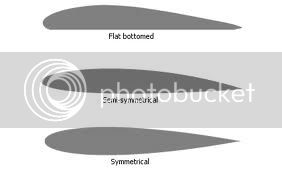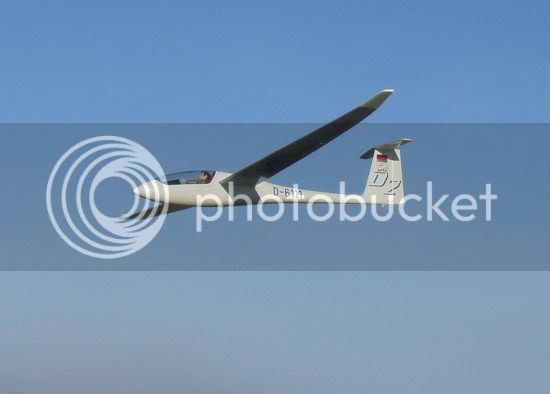All you have to do is to join the Royal Air Force and they will teach you the complete theory of flight like wot they did me 8)
If you think of a glider, that's the easiest one cause it didn't got an engine unless it's a powered glider then it has, then it's never going up as far as the air around it is concerned, it's always going down, and the only time it will go up, when not being towed or winched, is when the surrounding air is going up faster than it is going down.
With me so far?
If you have a single engined aircraft,say like the Piper Cub Roger mentioned, the only reason it's got a fan on the front is to keep the driver cool. This is easy to see because if it stops when it's flying you can see the driver start to sweat profusely until he can start it again, then he cools down again.
If you are going to go flying with someone you don't know, like a big airline, then the best seat you can choose is the one directly above the 'black box', because it's designed to withstand all sorts of rough handling, vertical landings, etc., and if that's the only thing they want to retrieve then it's probably a good idea to be strapped to it :mrgreen: By the way, it's BRIGHT orange.. I used to have to service those in their early daze.
The theory that the air going over the top of the wing compaired tends to go out of the window when you havea symmetrical wing section come ça, third one down
Then, unless you point the front up the air has the same distance to go on either side. They are used on aircraft that fly upside down just as well as upside up and don't normally carry travelling passengers. They normally rely on brute force to get them into the air and can be quite fast.
The 747 and A380 don't have symmectrical section wings because if they did fly upside down 2 things would happen. 1. the drivers coffee would leak out of its cup and 2. all of the passengers would complain bitterly when they hit the roof, literally!
While we are talking flying. Does anyone know why the toiley windows are opaque? Who the hell's going to look in at 35,000 feet up? And just like trains, you aren't supposed to use them when you are on the ground..


